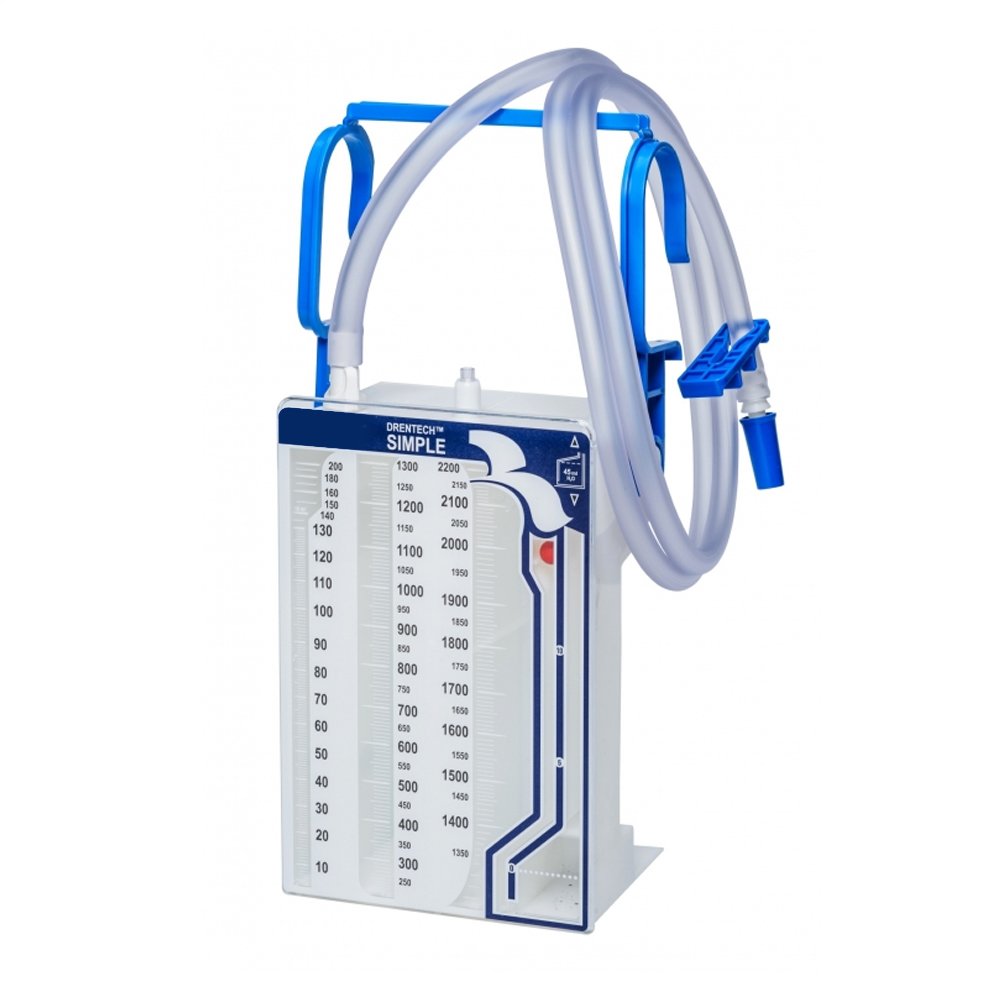Key Features
Design and Material:
Abdominal belts are typically made from materials like neoprene, latex, or other breathable fabrics. The design may vary, but most belts are wide and wrap around the midsection to cover the abdominal muscles.
Functionality:
The primary function of an abdominal belt is to provide compression to the abdominal region. This compression is believed to increase heat and circulation around the waist, which may lead to several potential benefits.
Benefits:
Weight Loss: Some users claim that the increased heat generated by the belt during exercise can aid in weight loss by promoting sweat and burning more calories.
Posture Support: Abdominal belts can offer support to the lower back and encourage proper posture, especially during activities that involve lifting or standing for extended periods.
Core Stability: By compressing the abdominal area, the belt may help stabilize the core muscles during workouts, potentially enhancing performance.
Fitness and Exercise:
Abdominal belts are often used during workouts, particularly during aerobic exercises or strength training. Users may wear them while engaging in activities like running, walking, or weightlifting to enhance their fitness routine.
Postpartum Recovery:
Some abdominal belts are designed for postpartum use to provide support to the abdominal muscles after childbirth. They may aid in abdominal muscle recovery and help with the realignment of abdominal organs.
Adjustability:
Many abdominal belts come with adjustable features such as Velcro straps or hooks, allowing users to customize the tightness according to their comfort and body shape.






Reviews
There are no reviews yet.